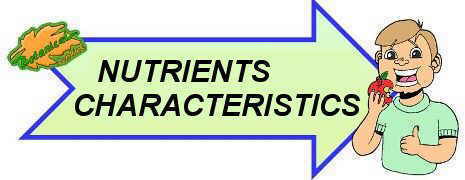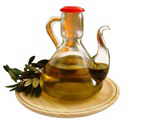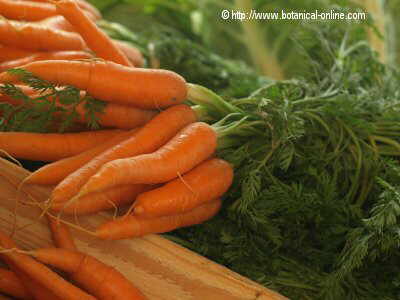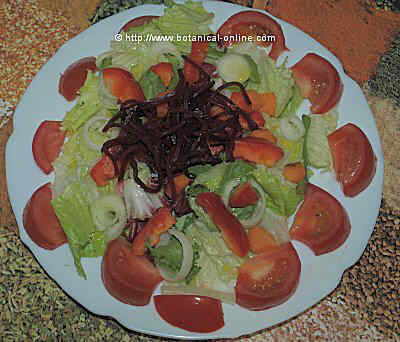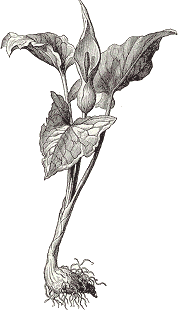Contents
Nutrients that meat provides
CHARACTERISTICS OF MEAT
What is meat?
Meat is a food that comes from animals. It is defined as the muscular part of animals, which may include portions of nerves, tendons or bones.
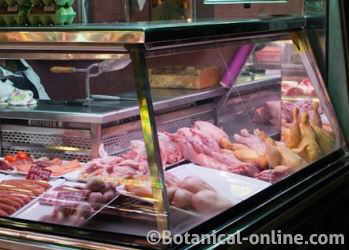 Photo of butcher shop in a market
Photo of butcher shop in a market
Among the main types of meat used in food we have the following: beef, pork, chicken meat, rabbit meat, turkey meat, lamb meat, etc.
Why is meat important?
Meat is important in food because it provides protein. It also provides energy from fats, provides minerals (mainly iron, phosphorus and zinc), and vitamins of group B.
- Proteins in meat are more complete than proteins in plant foods.
Meat contains vitamin B12. Plant-based foods do not contain this vitamin, so people who are strictly vegetarian should take supplements to get it. The lack of this vitamin B12 and iron produces a major disease called anemia.
The type of fat contained in meat is mostly monounsaturated, followed by saturated fats. In the case of sausages and processed meats (meats to which fat is added), they contain much more saturated fat and cholesterol.
Types of meat
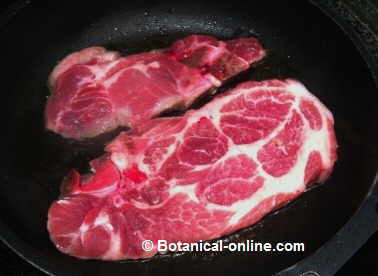 Red meat with a lot of fat
Red meat with a lot of fat
The main types of meat are:
- White meat: Chicken, turkey and rabbit meat and some parts of pork (pork loin or pig’s trotters). White meat contains less fat and less iron than red meat and its color is paler.
- Red meat: Lamb, veal, ox meat, etc. It is distinguished by its reddish color (raw) because it contains more iron than white meat.
- Game meat: Hare, partridge, quail, pigeon, wild boar, etc. As a curiosity, it has been seen that the vitamin B12 content of these meats is quite high.
- Cartilaginous meat: pig’s trotters, ears, noses, etc. These parts are very rich in collagen.
- Guts or giblets: Brain, tongue, tail, kidneys, livers, intestines, etc. Some of these parts are very rich in vitamins and fats, especially the liver and brains. They are also those that contain more cholesterol.
What is processed meat?
Processed meat, also called sliced meat, cold meat, lunch meat or deli meat, are those products derived from meat to which salt, spices or preservatives have been added.
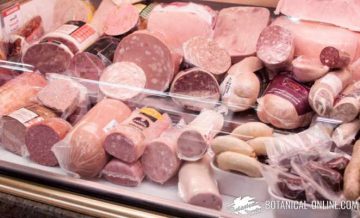 Photo of processed meats in a market, in this case cold meats, but there are also hamburgers, sausages, brochettes of meat in marinade, …
Photo of processed meats in a market, in this case cold meats, but there are also hamburgers, sausages, brochettes of meat in marinade, …
Is processed meat artificial?
Processed meat is not a modern invention, but it has existed for hundreds of years. It has its origin in the preservation of meat to prevent its biological deterioration. The addition of salt, spices and other preservative techniques allows the meat to be preserved for a long time without being affected by bacteria that damage it. For example, the carcinogenic nitrate additives that are so badly known today are used at least since the Romans, who used nitrate (a natural salt containing nitrates).
Another objective of processed meat is to take advantage of the byproducts of the production of meat that are edible and nutritious, such as blood, meat, loin, fat or viscera.
What types of processed meat are there?
Among the different types of processed meat, there are:
- Minced meat: Raw processed meat, made with meat that has been chopped using a chopper. With minced meat, hamburgers, meatballs, etc are made.
- Sausages: Chorizo, sausage, loin sausage, cold cuts, ham, etc.
- Salted and cured meat: They undergo a salting in which the salt penetrates inside the meat. After the meat is cured (dried) and then goes through a maturation process in which the desired changes in the meat have just been produced. Examples: Serrano ham, Iberian ham, etc. Sometimes they can be salty and smoked (bacon, jerky)
- Pates: Fine meat pasta, made with meat, liver, or both types of meat, salt, condiments, egg, milk, and authorized additives, such as nitrites and nitrates or flavor enhancers. Its name derives from French pâte (“pasta”). (Do not confuse with foie gras).
- Dry meat: It consists of a method of conservation of meat by dehydration. In English it is known as jerky or in Spanish tasajo (smoked beef). They can also be smoked.
What is the best meat?
We should mainly eat what we call “white meat” because it is the one with a lower content in saturated fat. Many experts also warn of the lack of sustainability of the consumption of animals that provide this type of meat. because they require many resources and, therefore. their consumption worldwide has a very negative impact on the environment.
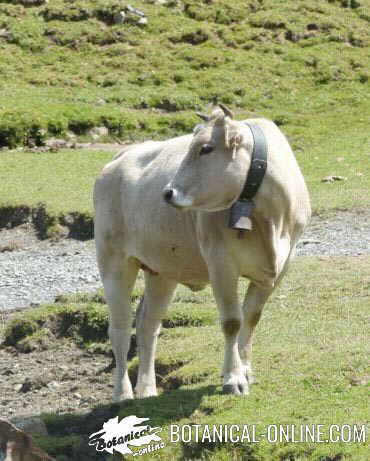 Red meats come from very big animals, which require many resources to breed (and also generate more waste). All this means that they are not sustainable, another reason to consume them less frequently
Red meats come from very big animals, which require many resources to breed (and also generate more waste). All this means that they are not sustainable, another reason to consume them less frequently
Viscera are very concentrated in nutrients and it is enough to eat them once a week or even once a month. They are also the parts richest in protein (especially the liver) and cholesterol (especially the brains).
Sausages are very rich in fat, salt and food additives, for this reason their consumption should be occasional.
Cured meat, like ham, does not have as much fat as sausages, but it contains a lot of salt. Bacon, being a fat part, contains more fat, in addition to many additives, being the type of meat less advisable.
Cartilaginous meats are low in fat and cholesterol. However, they are usually prepared so that they are not very healthy because they are often added to greasy sauces, such as tallow, lard or bacon.
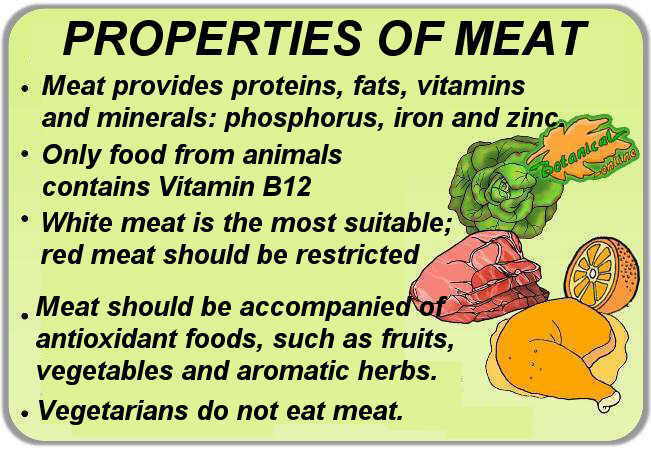
Summary of the main properties of the meat, the nutrients it contains and its benefits. You should restrict eating red meat. Meat should be accompanied by antioxidant foods such as fruits, vegetables and aromatic herbs
How much meat should we eat daily?
We should eat meat 3 to 4 times a week, specially white meat
- Whenever meat is consumed, it must be accompanied by antioxidant foods such as fruits, vegetables and aromatic herbs in the same food.
* See: rations of meat
| TO REMEMBER: MEAT |
|
* Related information: What should our children eat instead of sausages and frankfurters?
Characteristics of nutrients
![]() More information on nutrition.
More information on nutrition.

